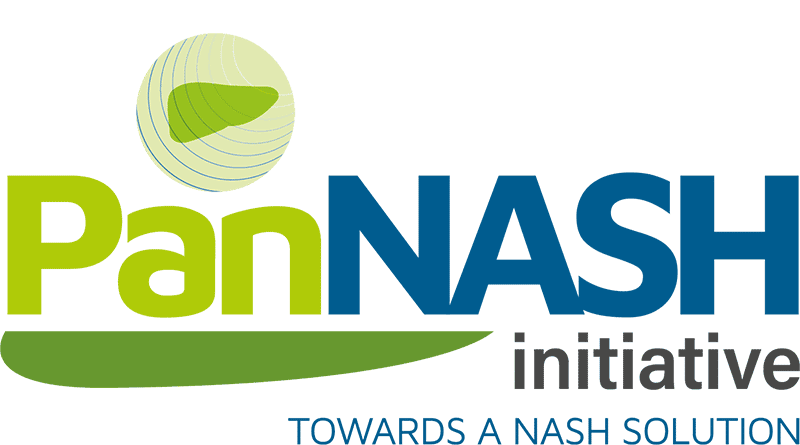NAFLD and acute stroke: factors associated at admission
This retrospective study by T. Mori et al. (Shanghai Jiao Tong University School of Medicine, China) aimed to investigate NAFLD frequency and identify factors associated with NAFLD presence at acute stroke admission.
The authors included stroke patients admitted from 2016 to 2019, within 24 h of onset...

